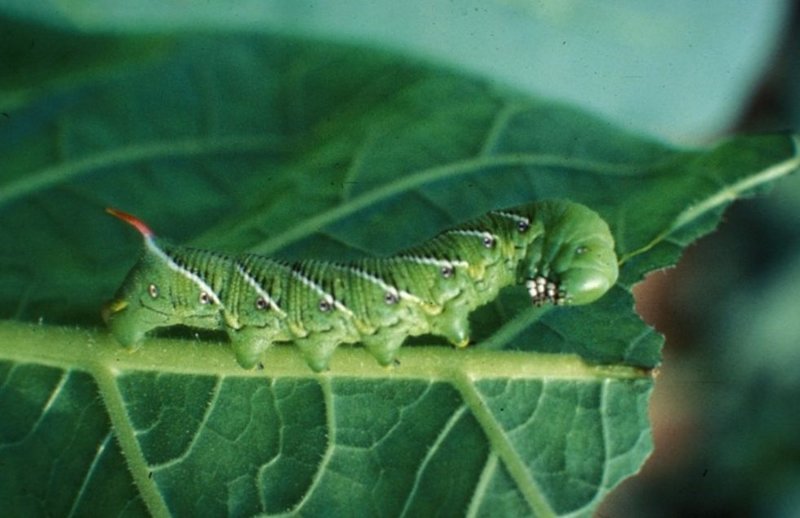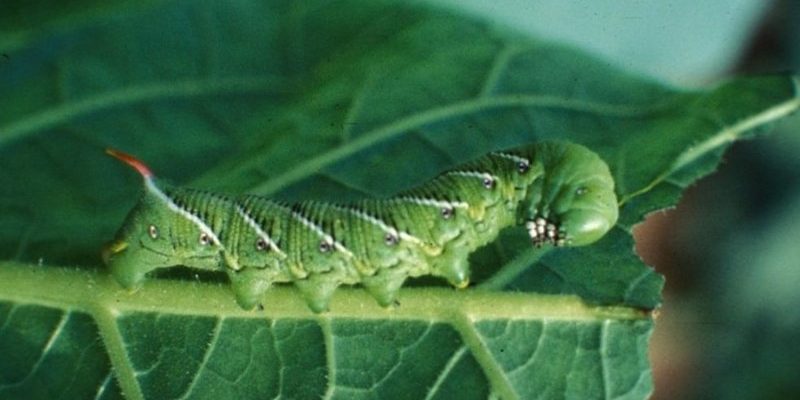
When we talk about documenting hornworm behavior, we’re diving into a rich field of study that expands our understanding of life cycles, feeding habits, and the interactions these creatures have with their environment. Think of it as a chance to become a naturalist in your own right. By observing these creatures, you can learn a lot about science, ecology, and even the rhythms of life itself. So, let’s break down the process of observing and documenting hornworm behavior in a way that’s simple, engaging, and educational.
Why Document Hornworm Behavior?
Documenting hornworm behavior isn’t just a fun activity; it’s a valuable educational tool. Whether you’re a teacher looking to inspire your students or a parent wanting to engage your kids in the wonders of nature, observing hornworms can spark curiosity. These creatures go through fascinating changes and can teach us a lot about life cycles and ecosystems.
Hornworms, specifically the larvae of moths like the tomato hornworm, can give insights into **growth**, **predation**, and **survival tactics**. By observing how they interact with their environment, including plant life and potential predators, you see firsthand how ecosystems operate. It’s like having your own little laboratory where you can explore scientific concepts by simply watching these creatures go about their lives.
You might be wondering, “What’s in it for me or my students?” Well, engaging with hornworms can boost observational skills, critical thinking, and even an appreciation for the environment. Plus, there’s something deeply satisfying about watching nature unfold. It’s a bit like being a detective—every observation can lead you to new discoveries.
Setting Up Your Observation Space
Before diving into the exciting world of hornworm watching, you’ll want to set up a proper observation space. This doesn’t need to be fancy; you can create a mini habitat right in your backyard or on your balcony! Start by finding a spot with plenty of sunlight, as hornworms are more active in warm conditions.
You’ll need to gather a few things:
- Plants: Hornworms love to munch on plants like tomatoes, peppers, and eggplants. Having these plants nearby will not only attract the hornworms but also provide their food source.
- Container: If you want to keep a few hornworms for closer observation, use a transparent container with ventilation holes. This allows you to watch them closely while ensuring they have enough air.
- Notebooks: Keep a log of your observations. Jot down what you see—this is where the magic of documentation happens!
As for timing, observe them during the day when they’re most active, and try taking notes at the same time each day for consistency. You’ll start noticing patterns in their behavior, like feeding habits or changes in movement. It’s like creating a daily soap opera for yourself, with hornworms as the stars!
What to Observe in Hornworm Behavior
When you start observing hornworms, there are several behaviors that are particularly interesting. Here are a few key aspects to focus on:
- Feeding Patterns: Hornworms are voracious eaters. Watching them munch on leaves can give you insights into their growth rates and preferences. Do they prefer fresh leaves or older ones? Take notes!
- Movement: How do they move? Do they crawl slowly or quickly? Hornworms often exhibit a unique inching motion when they’re crawling, which you might find amusing.
- Response to Stimuli: Gently tapping their leaf or container can show you how they react to threats. Do they stay still, or do they move away? How they respond can tell you a lot about their instinctive behaviors.
Here’s the thing: each observation can lead to more questions. Why do they act in certain ways? What triggers their movements? This sense of inquiry is what makes scientific observation so exciting and engaging. Plus, it allows you to adapt your learning and deepen your understanding of these fascinating creatures.
Documenting Your Findings
Once you’ve gathered your observations, the next step is documenting them! This can be as simple or fancy as you want. Here’s a straightforward way to organize your notes:
1. **Daily Log:** Create a table or chart where you can write down the date, time, and specific behaviors you observed.
2. **Photos and Drawings:** Capture images of your hornworms or sketch them! Visual representations can help you remember details and share your findings with others.
3. **Behavioral Notes:** Write down anything interesting—did you observe a hornworm getting chased by a bird? Did they change colors? All of this can add depth to your observations.
Documenting isn’t just for your benefit; it can also be a great way to share with friends or classmates. Your notes could even inspire a project or presentation! You never know how your findings could spark someone else’s interest in nature.
Using Technology in Your Observations
In our tech-savvy world, you can enhance your hornworm documentation using various tools. For instance, you might consider using a smartphone or camera to record videos of their behavior. These recordings can provide valuable insights that you might miss in real-time observation.
Additionally, there are numerous apps available for tracking wildlife. You can log your observations electronically, making it easier to analyze patterns over time. Some apps even allow you to sync your findings with scientists or educational platforms, contributing to a broader understanding of biodiversity.
Just think of the impact you could have—your documentation could help scientists better understand hornworm behavior on a larger scale. It’s a wonderful way to bridge the gap between casual observation and scientific contribution.
Sharing Your Observations
Once you’ve gathered your fascinating data, it’s time to share your observations! This can take many forms:
- Presentations: Create a fun presentation for your class or family sharing what you learned. Use visuals like photos, charts, or even short videos to spice it up.
- Social Media: If you’re comfortable, share your findings on social media. Join nature or science groups where you can showcase your work and connect with fellow nature enthusiasts.
- Journals or Blogs: Consider writing for a school journal or starting a blog. Your experiences could inspire others to engage in their own nature observations.
Sharing isn’t just a way to showcase your hard work; it can motivate others to explore the natural world around them. Plus, you might receive feedback that sparks even more questions and deeper learning.
Documenting hornworm behavior is more than just an educational exercise—it’s a journey into the heart of nature itself. From observing their feeding habits to sharing your findings with others, you’re engaging in a process that promotes curiosity and understanding. Whether for a classroom project, a home-schooling activity, or just a fun personal endeavor, studying hornworms can provide a wealth of knowledge.
So grab your notebook, find some hornworms, and dive into this amazing world. You’ll learn to appreciate the intricacies of life all around you in a very personal way. Who knows? This might be just the beginning of a lifelong passion for nature and science!

